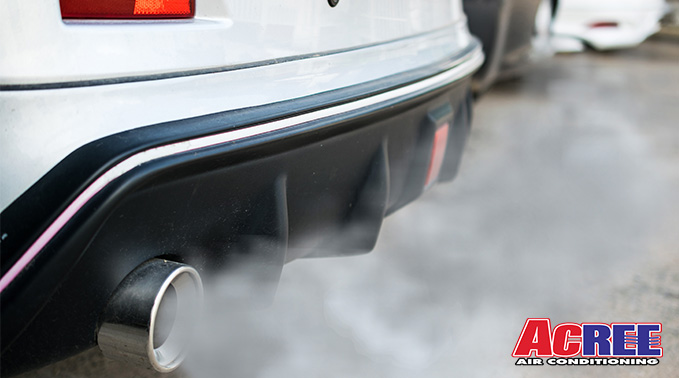
Indoor air quality is a general term that includes a lot of different components. In addition to humidity, dust and other elements, it involves managing the level of potentially dangerous compounds in the air. But which ones are the most likely to be in your home, and what should you do to combat their high levels – or avoid them in the first place?
We can’t give you a top-to-bottom answer, but we’ve identified a few of the more common airborne pollutants and what you can do to stop them. The indoor air quality experts at Acree Plumbing, Air & Electric have you covered, and we’d be glad to help you out!
Smoke
Secondhand smoke is arguably one of the most common airborne compounds that homes deal with. It usually comes from tobacco that hasn’t been totally extinguished, and all that smoke has nowhere to go. It leads to irritation in your respiratory system that can become a larger, more serious issue if left unchecked.
To avoid this, make sure you don’t burn any tobacco products indoors. Create a space outside and only allow tobacco there.
Carbon Monoxide
An odorless, colorless gas that gets created when certain fuels don’t burn all the way. Since it’s so hard to detect, you might write off its effects as simply an illness or minor health problem. It causes nausea, dizziness, and it can make you feel like you’ve got gaps in your memory or amnesia.
If left unchecked for too long, it can lead to more serious health issues like carbon monoxide poisoning, which is known to cause death.
Asbestos
You’ve probably heard a lot about asbestos in older buildings. If your home has asbestos in it, it’s worth getting checked out, because any disruption to the asbestos releases harmful compounds into the air.
If a professional inspects it and says everything looks good, then you don’t have much to worry about. But airborne asbestos causes problems like lung irritation, and it can eventually turn into lung cancer.
Toxins like Formaldehyde
There are plenty of other, more minor types of pollutants that could be floating around your home. One example is formaldehyde, which is in things like wood and certain types of insulation and wallpaper. It is also produced as a byproduct of combustion – like the exhaust of your car.
Formaldehyde exposure usually resembles respiratory inflammation and general lung and nose irritation, so it can be hard to tell when the levels in your home have gotten too high. To avoid suffering from this condition, make sure your home is ventilated properly and doesn’t get too hot or humid.
All that may seem like a lot of information to take in. But don’t fear! Acree Plumbing, Air & Electric’s team of indoor air quality experts have the knowledge and tools to help get your home’s pollutant level under control. Whether you know what’s affecting your air and want to know what to do about it, or you’re totally at a loss and need some advice, we’re here to help.
Give us a call at (813) 703-1273 for Tampa Bay’s most reliable IAQ service provider!
